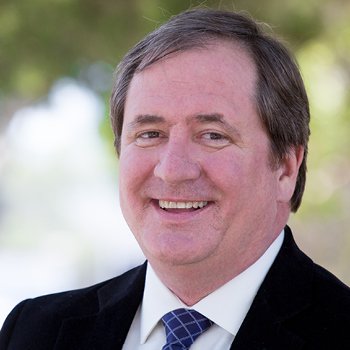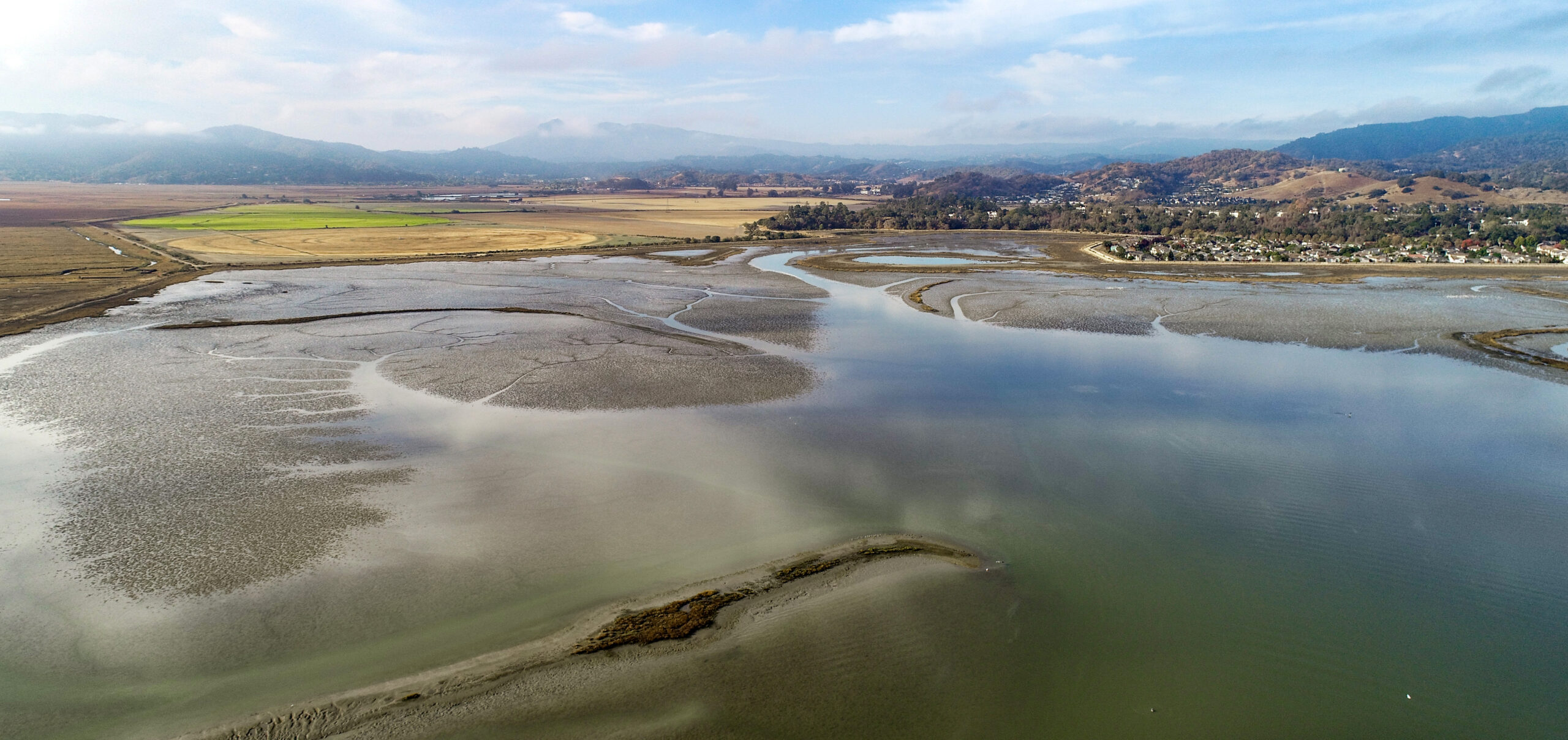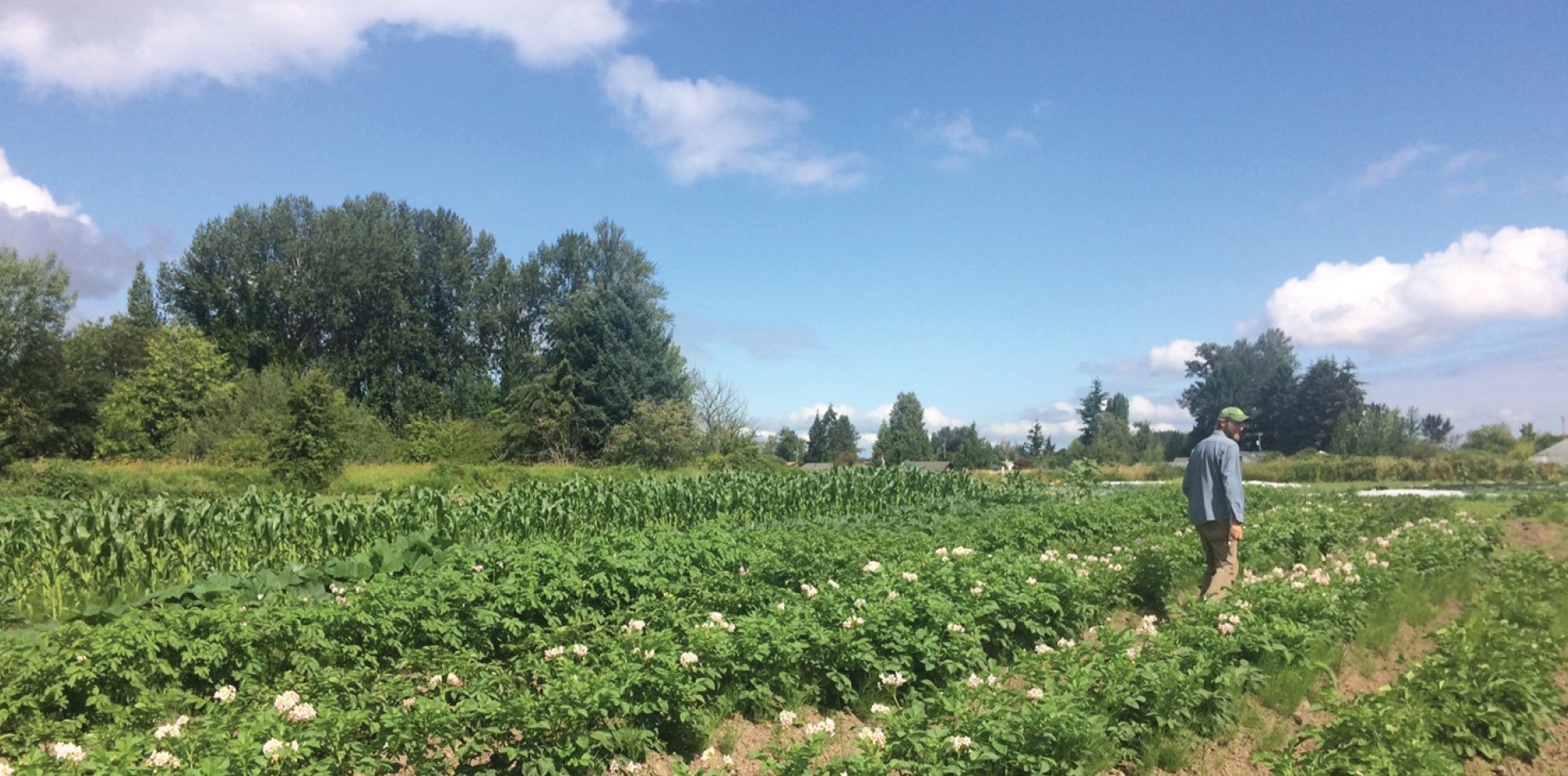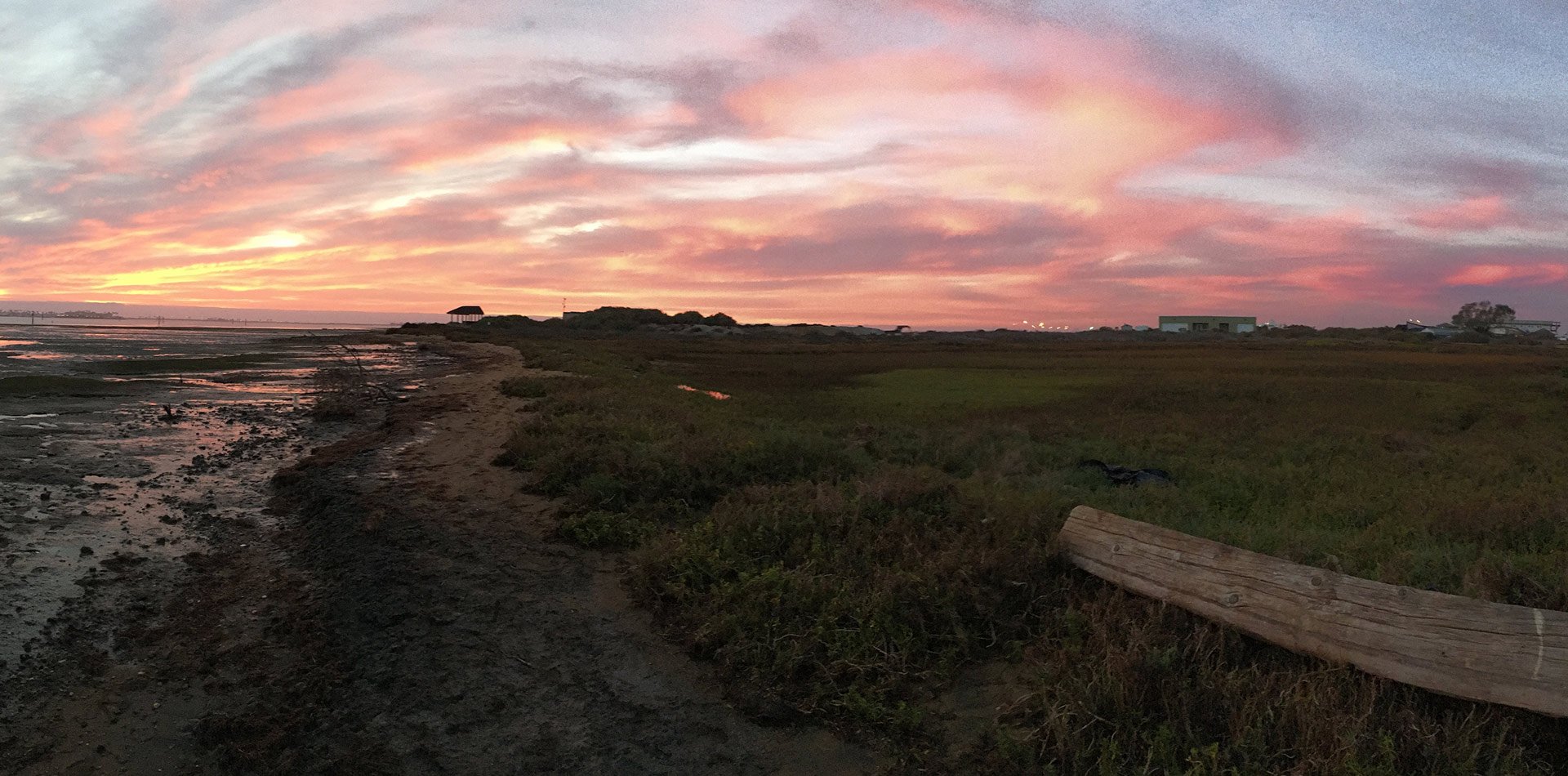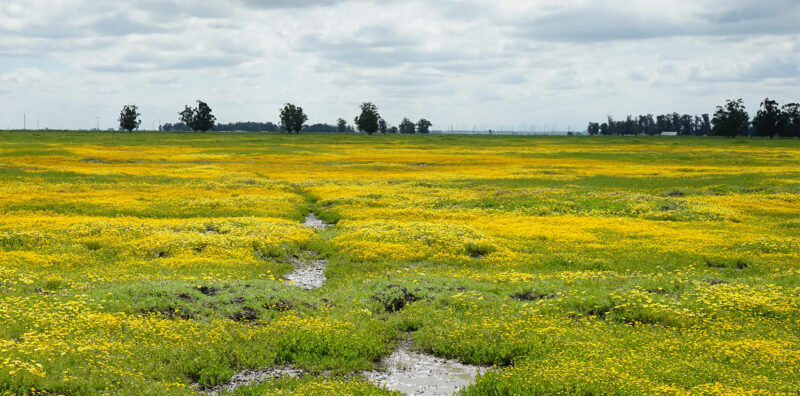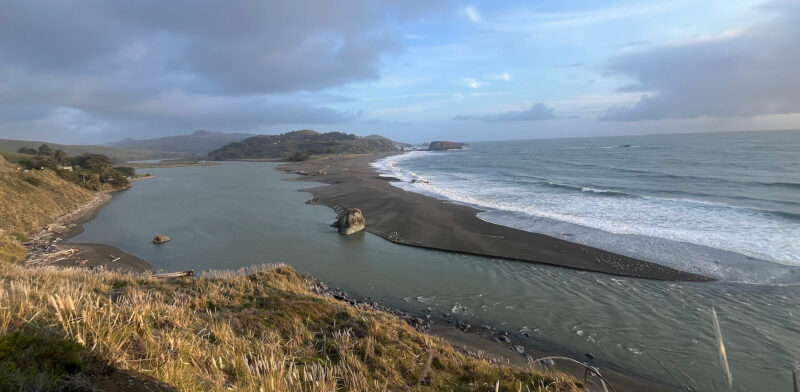To protect critical ecosystems and water supplies amid growing climate and regulatory pressures, ESA partners...
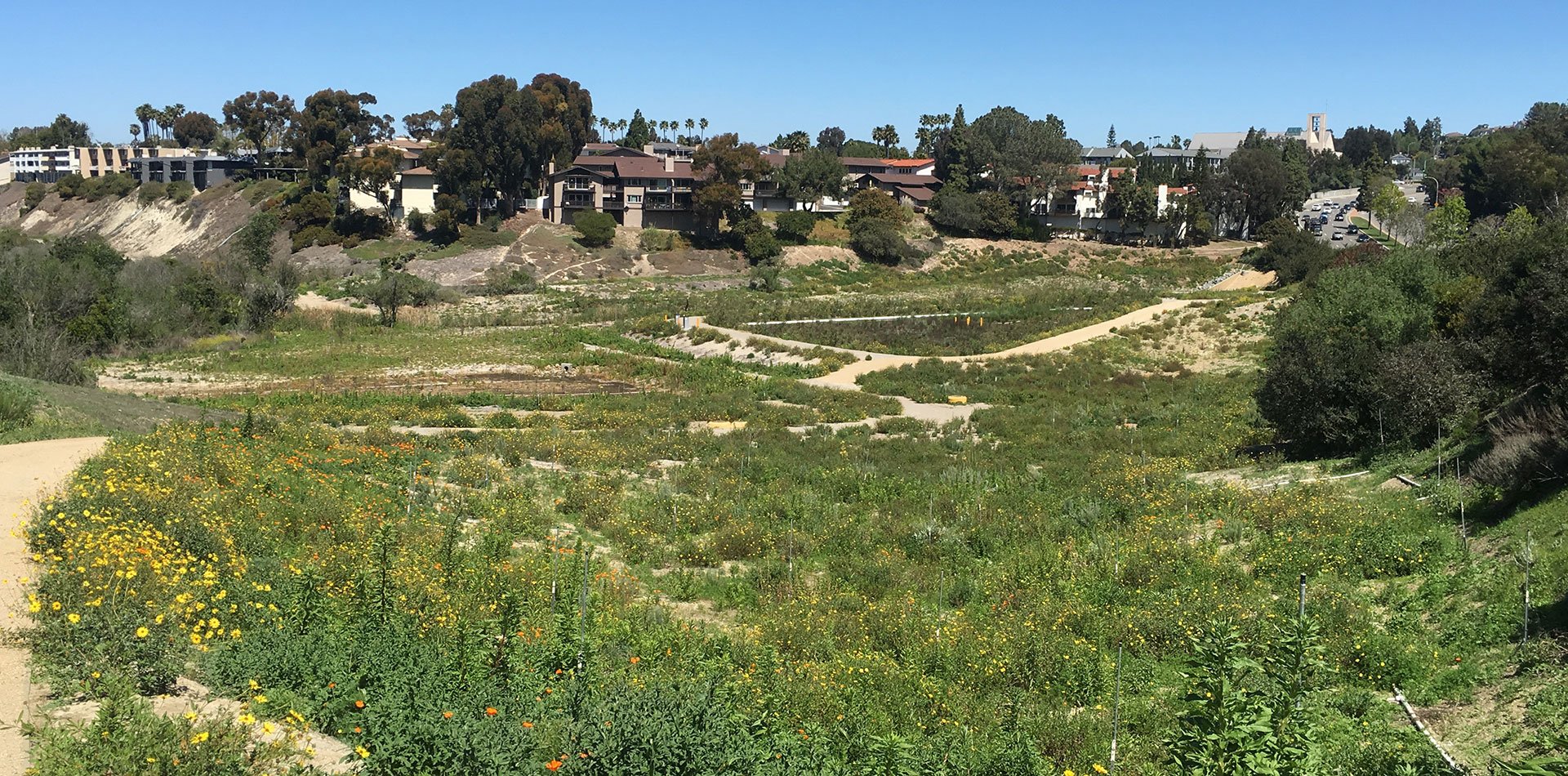
Big Canyon Coastal Habitat Restoration and Adaptation Project
As the last natural, undeveloped piece of the Big Canyon watershed, the preservation of this 60-acre park is critical for habitat restoration, water quality improvement, and enhancing the resiliency of Newport Bay to sea-level rise and climate change.
Why does this project matter?
Urbanization within the Big Canyon watershed increased storm flows that have changed the hydrology of Big Canyon Creek, and led to excessive concentrations of selenium input in dry-weather flows in the creek. The habitat suffered other impacts from human activity, including dredge and fill material placement and the construction of a pond that has become the largest mosquito breeding area in Orange County.
What is ESA doing to help?
ESA collaborated with Newport Bay Conservancy, City of Newport Beach, and the California Department of Fish and Wildlife (CDFW), other stakeholders including the California Coastal Conservancy, Orange County Mosquito and Vector Control District, UC Irvine, and local naturalists, to design a multi-phased restoration program with Proposition 1 grant funding awarded by the Ocean Protection Council through the California Coastal Conservancy.
Phase 1 of the project began in 2017 and comprised six acres, and involved the implementation of a creek and riparian habitat restoration, bioengineering creek bank stabilization measures, a stormwater treatment wetland, and a dry-weather flow diversion in the upper portion of the Big Canyon Nature Park.
Phase 2A covers more than 11 acres located just downstream from the first phase. A majority of the project area is dominated by invasive Brazilian pepper trees that will be removed and replaced with diverse groups of carefully selected native plants to create a mosaic of wetland and upland habitats. ESA completed all design plan drawings and specifications for the project, and prepared and submitted permit application packages to the U.S. Army Corps of Engineers, California Department of Fish and Wildlife, and the Santa Ana Regional Water Board in August 2018. ESA has also performed technical studies, including hydrology, biological and cultural resources, and prepared the Draft Initial Study / Mitigated Negative Declaration. The project received grant awards from both the USFWS’ National Coastal Wetlands Conservation Grant Program and from CDFW under the Proposition 1 and Proposition 68 grant programs for multi-benefit ecosystem restoration and protection projects to fund project construction, which is scheduled for completion in Spring 2021.
ESA has also completed the feasibility study for the second portion of Phase 2 (Big Canyon Restoration Phase 2B and 2C Feasibility Study). This phase of the project will eliminate the large, relatively stagnant pond that promotes highly undesirable mosquito breeding habitat and accumulates selenium. ESA worked with Newport Bay Conservancy, the City, California Department of Fish and Wildlife, and the project’s Technical Advisory Committee to develop the preferred restoration approach, which will cost-effectively achieve ecological, water quality, and public access benefits.
The restoration will restore a mosaic of valuable native coastal salt marsh, riparian, and upland habitats along a gently-sloping gradient. This approach reduces the accumulation of selenium, and enhances the resiliency of Newport Bay to sea-level rise and climate change. The habitat gradient will allow salt marsh habitat to migrate up-slope into transitional riparian and upland habitat areas with future sea-level rise. The Big Canyon Restoration provides one of the few opportunities in Newport Bay for this natural process of tidal habitat expansion and conversion to occur and sustain salt marsh habitat.
Connect with our team
“The Big Canyon Restoration is an innovative multi-benefit project grounded in the past, present, and future. The project restores lost historic native coastal habitats, improves the currently degraded water quality conditions, and enhances the resiliency of the habitat and Newport Bay to sea-level rise and climate change.”
Details
Client Newport Bay Conservancy
Location Newport Beach, California
Market Natural Resource Management
Services
Adaptive Management
Agency Consultation & Coordination
Biological Resources
California Environmental Quality Act (CEQA)
Coastal Restoration
Cultural & Historic Resources
Environmental Review & Documentation
Environmental Permitting & Compliance
Flood & Stormwater Management
Hydrology, Hydraulics & Geomorphology
Land & Resource Management
Landscape Architecture
Permitting Assistance
Restoration
River & Floodplain Restoration
Sea Level Rise and Coastal Hazards
Water Quality
Wetland Restoration
Notable
Big Canyon is the only significant remaining natural canyon on the east side of Newport Bay.
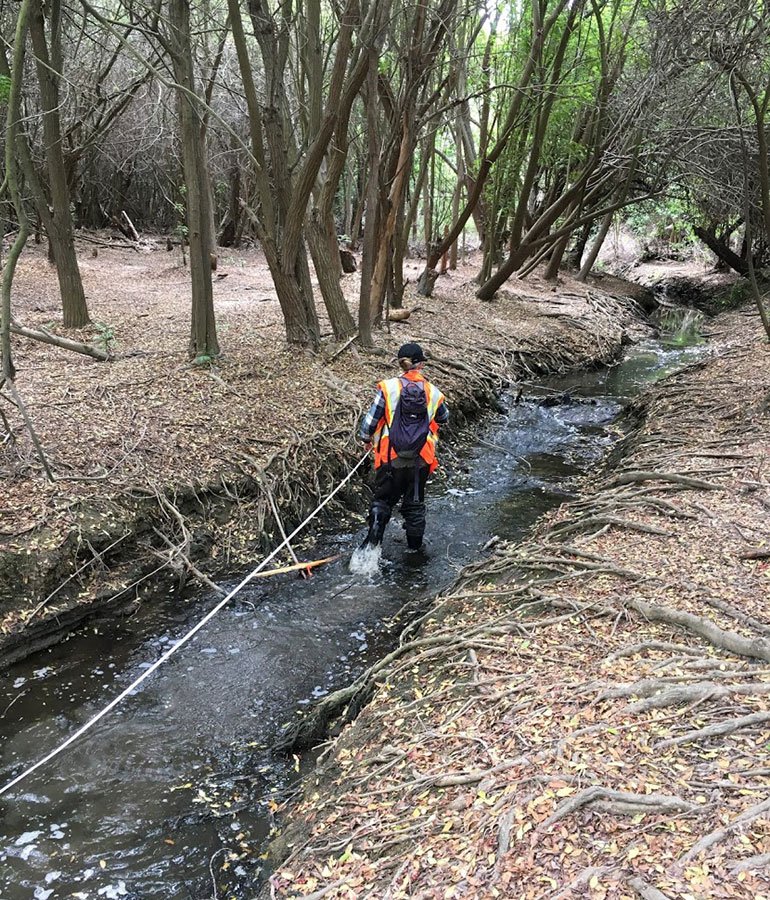
Similar Projects
News & Ideas
Just wrapped up my first Environmental Markets Conference (EMC) in Seattle last week, and wow,...
ESA is once again a proud sponsor for this year’s Environmental Markets Conference in Seattle,...
ESA is pleased to sponsor, present, and attend this year’s 42nd Annual Salmonid Restoration Conference...
ESA is excited to sponsor, present, and attend this year’s Annual Conference of the California...
Updated June 26, 2025: As announced by the U.S. Army Corps of Engineers on June...
